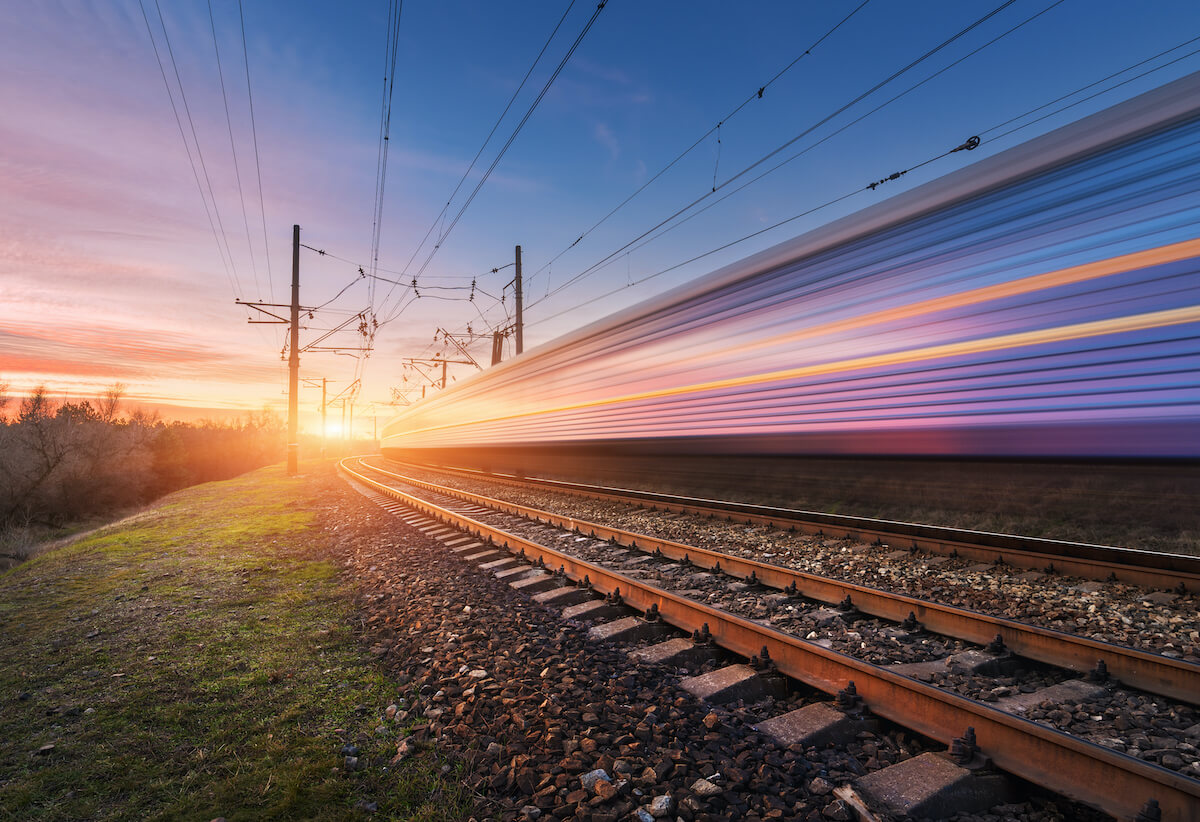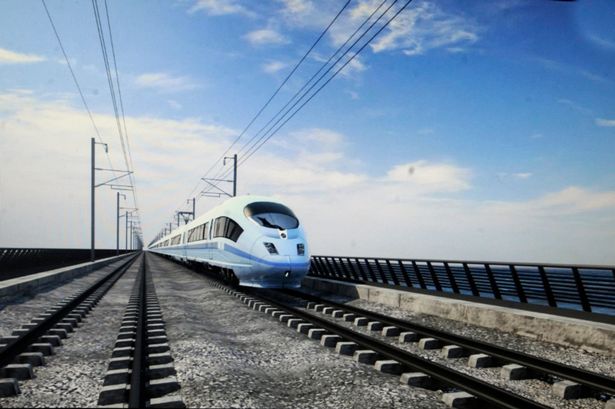


The HS2 rail programme is the sibling of HS1 that opened in 2003, connecting St Pancras International and the Channel Tunnel. Unlike the HS1 rail programme which was broadly well supported by the public and by industry, the HS2 Project has been met with support in some areas and adversity and concerns in others, all of which have grown in intensity following the impacts of the COVID-19 Pandemic. With the UK entering lockdown and the movement of people being stifled, questions in connection with the necessity of HS2 have again arisen.
It is arguable that the pre-coronavirus world, was a world where large cities were the hub of the economy and greater connection was essential. With the world now in a state of uncertainty and questions being asked around de-capitalisation of countries and de-commercialisation of the new world economy, will projects such as the HS2 railway be more or less of a priority?
In the pre-coronavirus world, there were already existing concerns for HS2’s viability. The Government launched a review in 2019 of the HS2 project in response to significant social pressure to consider whether the project should forge ahead. The review uncovered incorrect forecasts of property costs revealing that the project could cost up to double the official 2015 estimate of £56bn. HS2’s planning team admitted that the project was running around £30bn over budget thus, the overall project may cost over £100bn. The review further unveiled the delayed opening of the first phase which is no longer the end of 2026 but instead the first train is planned to run on the route between 2028 and 2031. Nonetheless, the Government and Judiciary continued to support the project regardless of some public interest in abandoning the scheme.
In recent weeks the UK has witnessed the rekindling of economic life with the opening of shops, schools and some offices however, the rail industry remains one of the largest casualties of the Pandemic as a consequence of increased home teleworking and changes in commuting business travel and leisure. In a recent study, WSP, the professional services company, estimated a 77% decrease in public transportation in urban areas across the UK.
With Government approval to continue HS2 construction in April 2020, HS2 contractors have been given the go ahead to start building. This has launched the procurement of track contracts and progress is being made daily, construction activities are ongoing and procurement activity on the project is continuing. An estimate of 400,000 supply chain contracts will be created throughout Phase 1 alone, 95% of which are estimated to be won by UK based businesses, with two thirds of those being SMEs. With the creation of thousands of jobs and the drive of investment across Britain, it can be argued that Phase 1 will play a pivotal role in our economic recovery of the construction sector from the Pandemic.
HS2 has launched various initiatives which may help the country in its economic recovery from the Pandemic and in its prospects for new trade deals with the rest of the world following Brexit:
HS2 has generated a demand for construction workers and businesses supplying to the rail industry, possibly remedying many economic problems which arose as a result of COVID-19, but will we look back with the benefit of hindsight in future years and consider this investment a wise use of the public purse when we have experienced a never seen before restriction on travel which will have both short, medium and long-term effects?
A recent study by Retail Dive conveyed the concern that 4 out of 5 organisations working within the rail sector have reported a significant decline in revenue because of the drop in demand for railway travel. The COVID-19 Pandemic has affected passenger rail with a significant decrease in traffic, which is expected to remain low even after we hopefully recover from the Pandemic. On the other hand, HS2 Minister, Andrew Stephenson, highlighted that similar outbreaks of HIV/AIDS, the Zika virus or SARS, all saw consequences of reduced demand for rail travel, however, such reductions were always thankfully short-term. Thus, inferring, COVID-19 will not have reduced the longer-term viability of HS2.
Despite all of the above, the construction of the HS2 project has continued throughout lock down and since, with remained focus on the three “Big C’s”:
1) A low Carbon transport network
2) More Capacity across the country’s rail network
3) Better Connectivity in the Midlands and North.

Indeed this can be seen in the press to be making some progress:
Initiatives taken to achieve a low Carbon Network:
In addition, various initiatives have been undertaken to increase Capacity across the country’s rail network:
Initiatives taken to Connect the Midlands to the North:
Maybe there should be a fourth C for “cultural discoveries”?
With the commencement of the first phase, the project has uncovered various archaeological artefacts along the way:
Despite the increase in costs and delayed timescale, the Government “strongly” advised against cancelling the project. Benefits such as increased jobs in construction, better connectivity and reduced transport times were reckoned to outweigh the negatives. Campaigners saw the Coronavirus outbreak as an opportunity to apply further pressure to stop HS2 and have continued to pursue cases against the project despite a large volume of previously dismissed claims. The success of these claims remain highly unlikely as both the Government and Judiciary stand strong with their support for HS2 after giving repeated contractual notices to proceed, even after the impacts of COVID-19.
Companies across the HS2 supply chain have no doubt been hampered in their planned progress, due to social distancing measures and employees being furloughed.
By accelerating payments to companies within the HS2 supply chain and further encouraging suppliers to do likewise further down the chain (rather than strictly adhering to payments on contracted terms). HS2 hopes to reassure companies with a sense of stability and avoid cashflow issues.
It is clear that the Government are committed to the continuation of HS2 and like other large infrastructure projects, this type of capital investment will arguably be central to the recovery and recuperation of the economy. There is a long time to go before the new trains roll off down the track so maybe don’t buy your tickets just yet, but we will continue to keep an eye out for the new timetable connecting North and South and London’s continued economic progress spreading clickety-clack northwards along the tracks.

